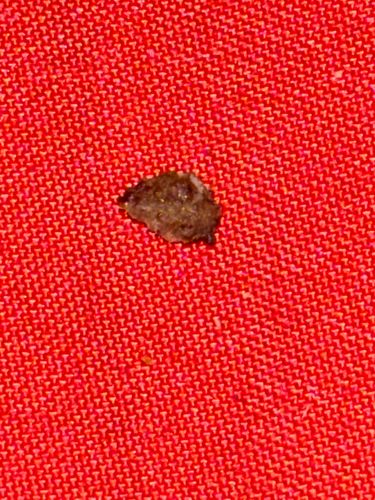Household Casebearer Moth
Scientific Name: Phereoeca uterella (Walshingham)
Order & Family: Lepidoptera (Moths and Butterflies), Tineidae (Fungus Moths and Clothes Moths)
Size: Larvae: up to 10-15 mm (0.4-0.6 inches) in length, including the case. Adults: Wingspan of 10-14 mm (0.4-0.55 inches).

Natural Habitat
Commonly found indoors in homes, museums, and warehouses, particularly in undisturbed areas like closets, attics, and under furniture. Can also be found outdoors in sheltered locations.
Diet & Feeding
Larvae feed on a wide variety of materials including wool, felt, silk, fur, hair, lint, dust, cobwebs, and dried insect specimens. They can also feed on spices, cereals, and other stored food products.
Behavior Patterns
Larvae construct a camouflaged case from silk and debris, which they carry with them. Adults are active fliers, especially at night, and are attracted to lights. They undergo complete metamorphosis.
Risks & Benefits
Risks: Considered a pest due to its destructive feeding habits on fabrics, carpets, and stored goods. Can cause damage to valuable clothing, tapestries, and museum specimens. Benefits: Plays a minor role in decomposition of organic matter.
Identified on: 8/29/2025